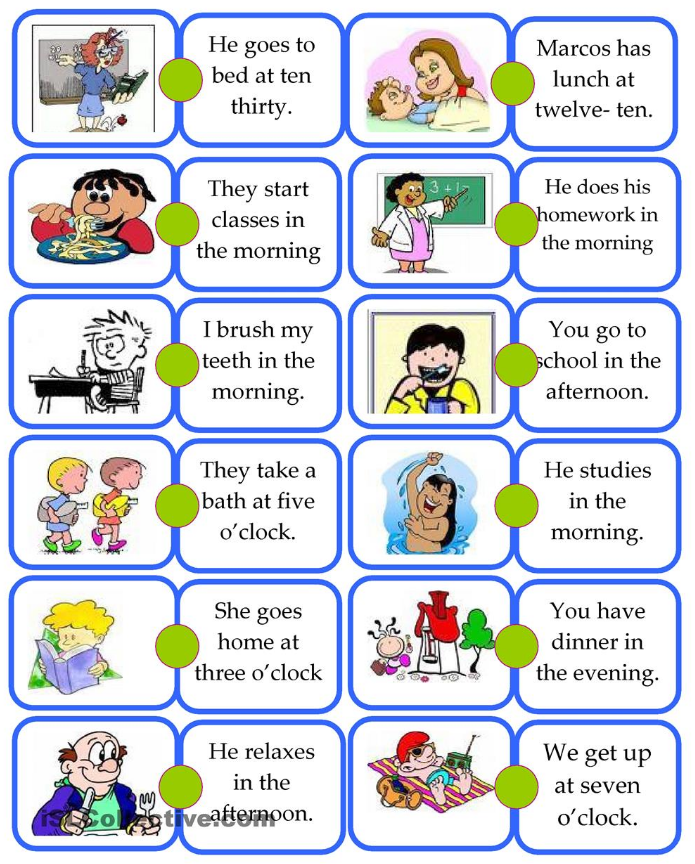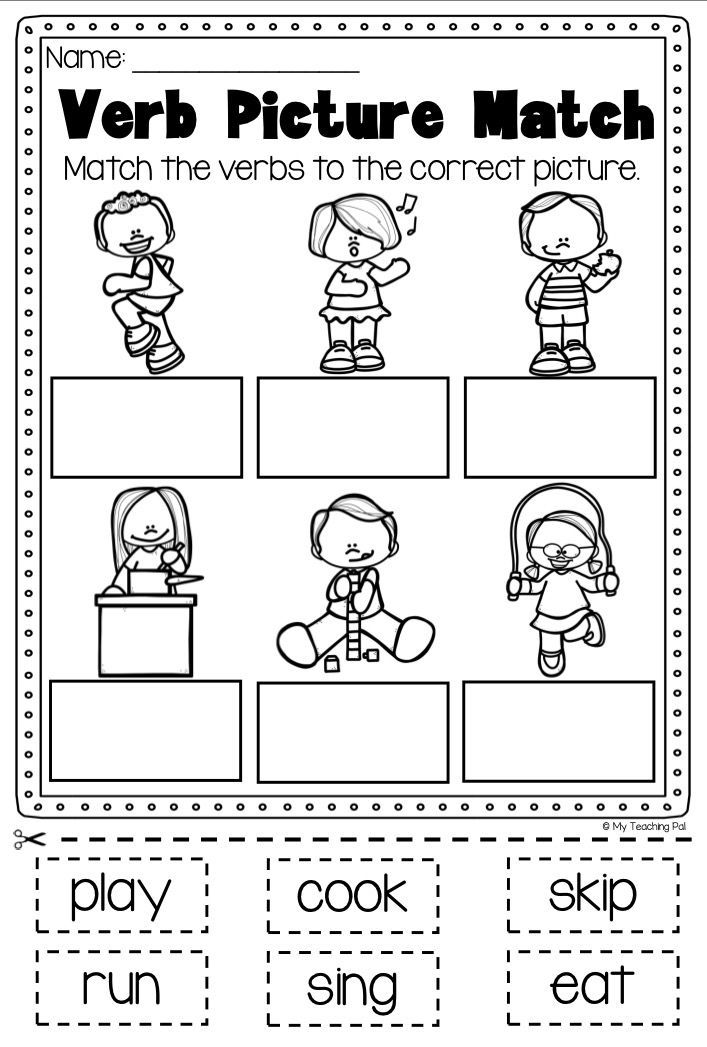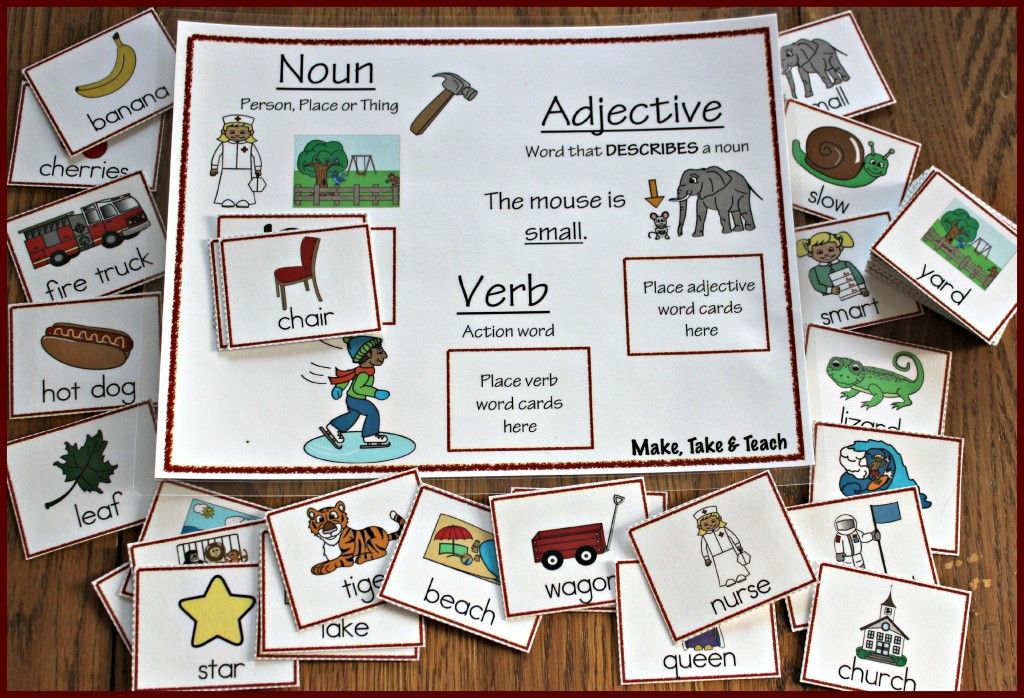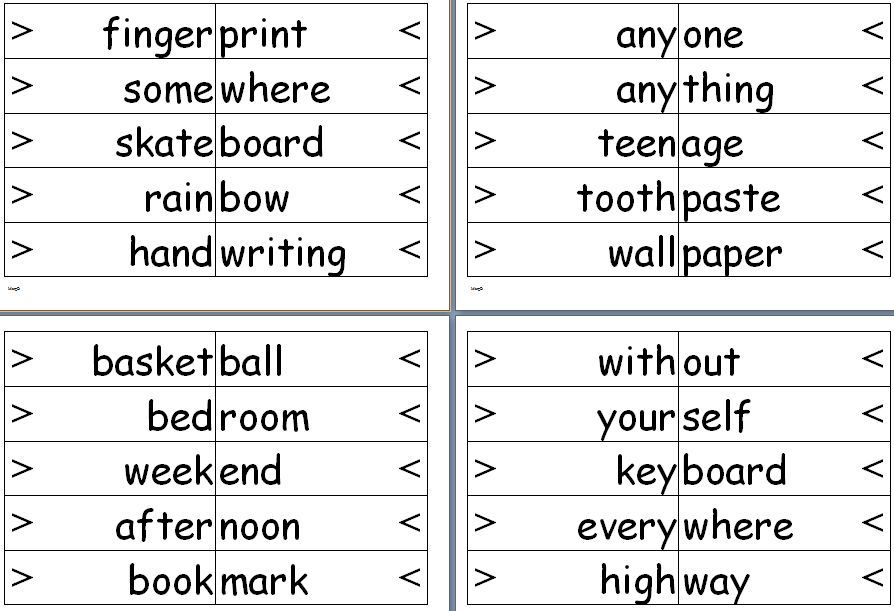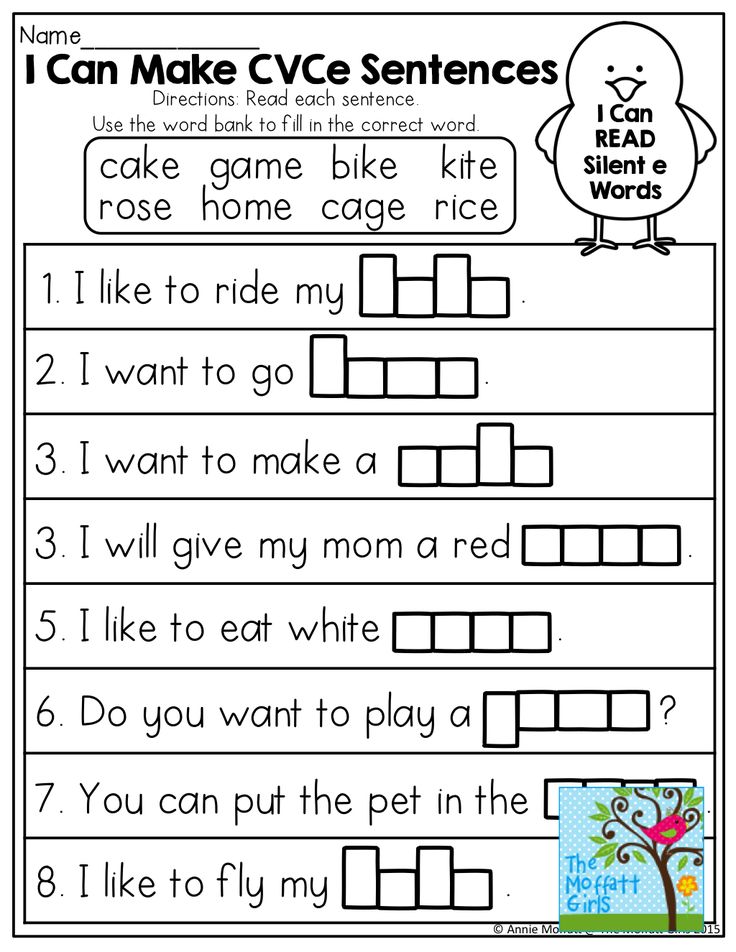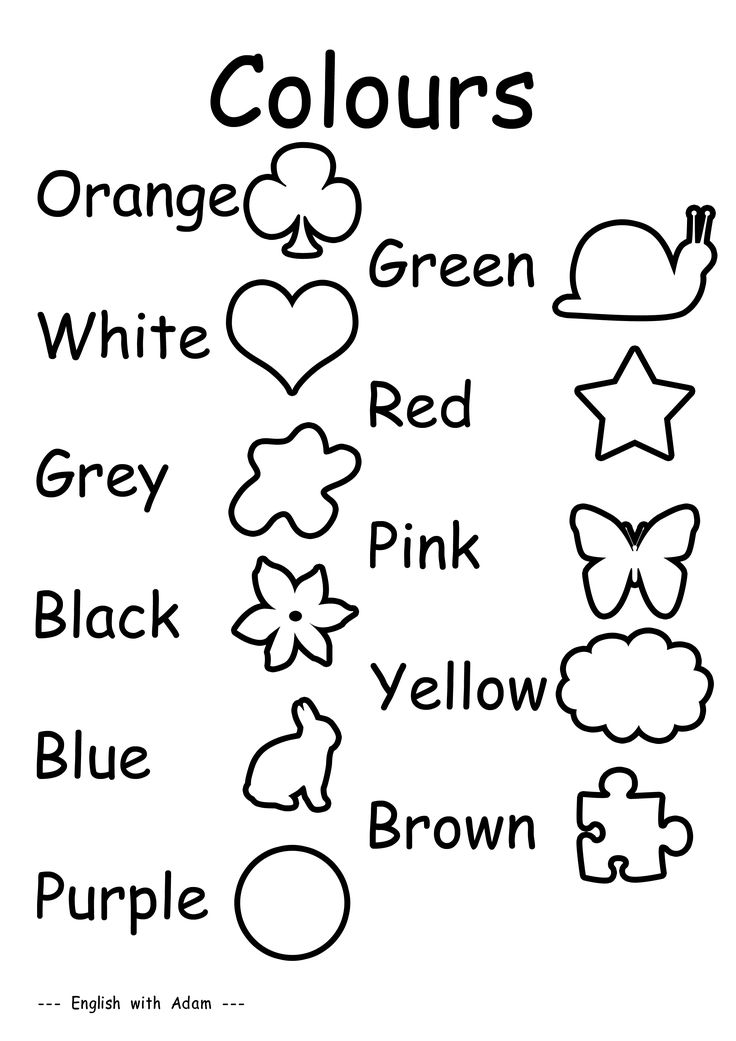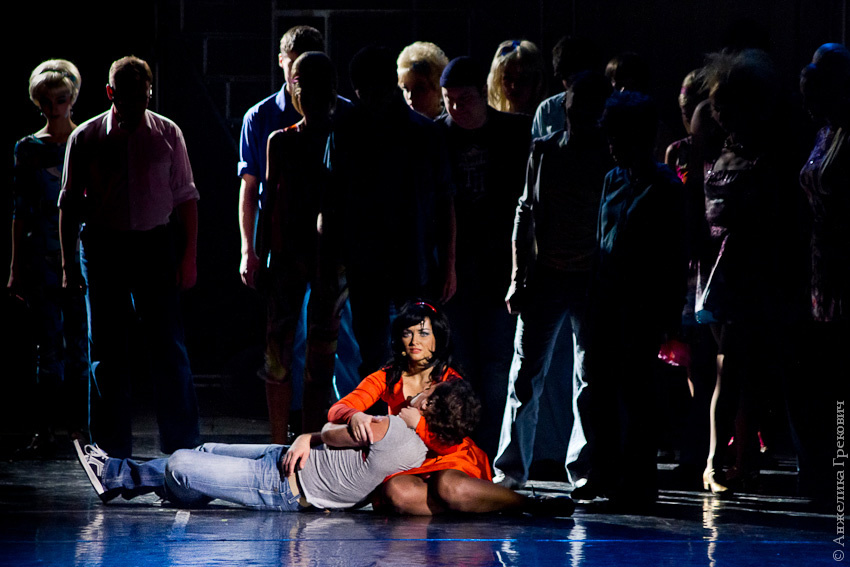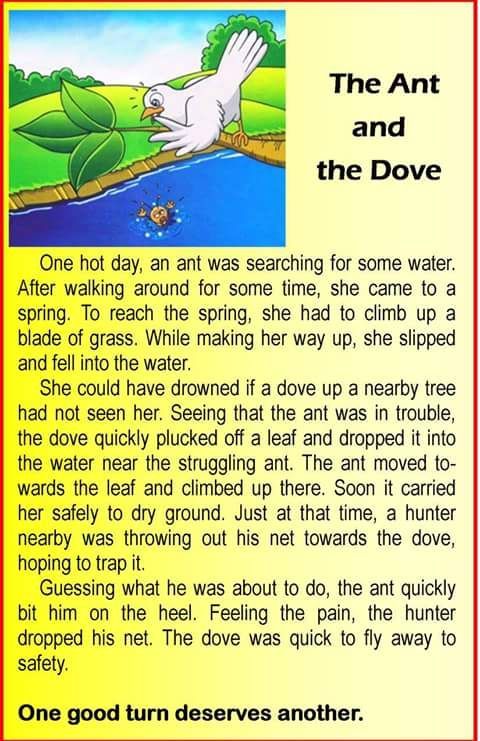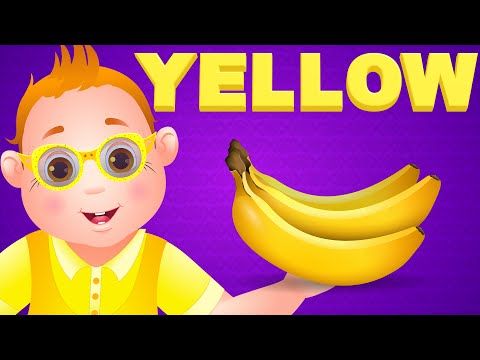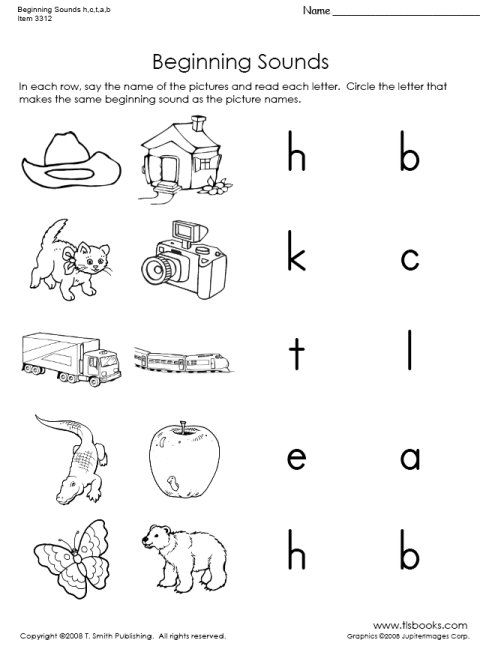Kindergarten verb activities
4 Movement Activities to Teach Verbs
You can teach verbs in many different engaging ways! If you don’t know by now or if this is the first blog post you’re reading from me, I love getting my students up and moving. When you teach kindergarten, you take as many opportunities as you can to get those wiggly bodies out of their seats (or rug squares)!
Verbs are especially simple to create engaging lessons where students can move because the definition of a verb is just that – “something you can do”. Here are the 3 activities I use in my classroom to teach verbs to my students.
4 Movement Activities to Teach Verbs
Charades to Teach Verbs
This is a NO PREP activity which is always what we look for as teachers. Gather students at the rug or somewhere where all students can see each other. Choose a student to come up to the front. They choose a verb such as swim, eat, sing, etc. and “perform” the verb. Then, they choose their classmates to guess which verb they were performing.
Add more movement by having the rest of the class copy the movement the performer is doing before or after they guess!
You can do this activity completely with no materials, however, many little students have a hard time coming up with a verb on their own (especially if they’re shy).
Take them Outside (or to the Playground) to Teach Verbs
Anytime you can take students outside their engagement is automatically higher. After discussing verbs, take your students outside and have them play, move, run and notice all the verbs they do outside. I like to do this on the playground because there are many more action verbs that they can do such as slide, swing, jump, climb, etc.
This is another NO PREP activity! You can have a discussion about verbs before, go outside and have students notice the verbs they can do and then bring them back in and record all the verbs they did on an anchor chart.
Lesson Extension: Verbs we can do Product – at home, on the playground, at school, at the doctors, at a restaurant, at my friends house, at a birthday party, at the beach, at the pool, on the soccer field, at the park, at my grandparents, at baseball practice, at my neighbors house, at the ice cream shop
Freeze Dance to Teach Verbs
I use freeze dance in basically everything I teach.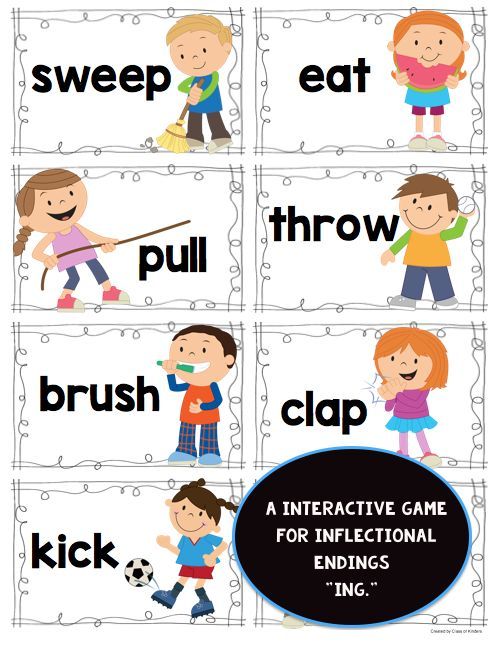 There’s always a way to make freeze dance work for whatever skill you’re teaching. Again, another NO PREP lesson!
There’s always a way to make freeze dance work for whatever skill you’re teaching. Again, another NO PREP lesson!
The way we play freeze dance when learning verbs is I’ll put on a song (Kidz Bop is my favorite). Students dance around the room until I stop the music. When the music stops, I pull an equity stick (or call on a student) and they tell us a sentence. This sentence can be about anything! Then, the class says the verb in the sentence all together when I count to 3.
For example:
Student I pick says – “The cat ran to the park.”
Pause for the class to think…
Class all together on 3 – “ran”
Then the music starts again!
Another way I use freeze dance is when I teach sight words! Check out this post: Sight Word Run the Room – A Sight Word Movement Game
Verbs Around the Room
Again, when you can incorporate movement in a lesson, both you and your students win! This verb game is a great way to teach verbs. In this resource there are two different versions that you can use depending on the level of your students or you can use the first version in the beginning of the year when you introduce verbs and the second version once your students are more comfortable with verbs.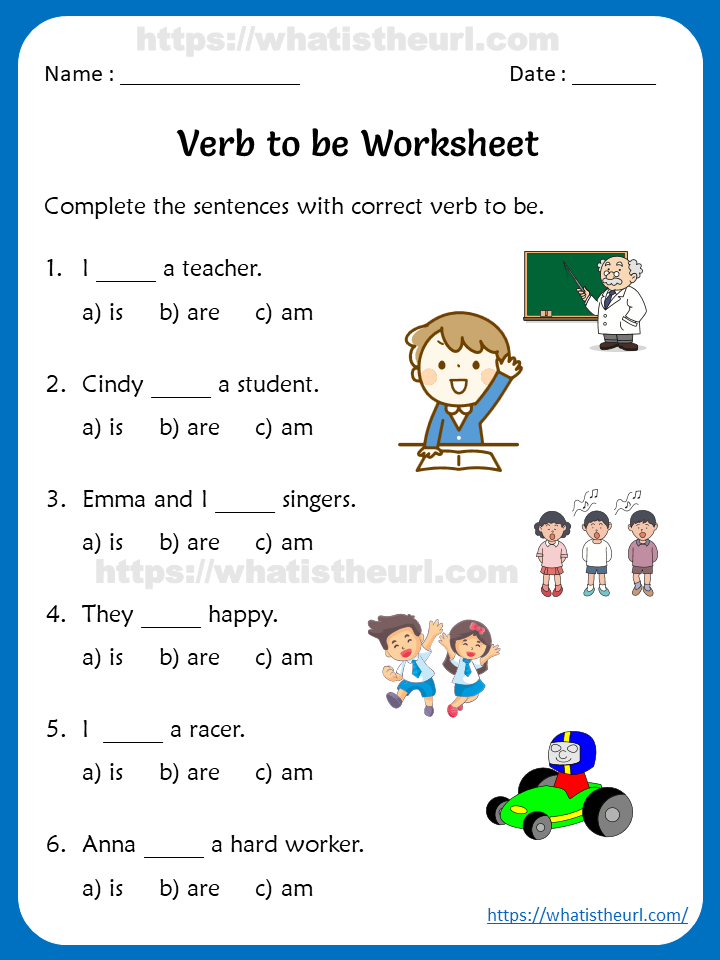 Two for the price of one!
Two for the price of one!
Version 1: Students walk around the room and find the cards numbered 1 – 12. When they get to a card, they complete the verb activity. Then, they go find another card. They can do this in order or not.
Version 2: Students walk around the room and find the cards numbered 1 – 12. When they get to a card, they complete the verb activity such as “jump 10 times”. After, they read the sentence on the card and find the verb. Then, find the same number on their recording and write the verb from the sentence.
Have you tried any of these verb activities in your classroom? Share how it went below!
By Danielle
Written by
Danielle
Hello! My name is Danielle and I'm a kindergarten teacher. My passion is creating engaging lessons to make learning fun for my little ones. It is amazing to watch a child grow as they learn what the world has in store for them. Follow my page and teachers pay teachers store to find lessons you can use in your own classroom!
5 Fun Activities for Teaching Verbs in the Primary Grades
Looking for some activities for teaching verbs to your Kindergarten, 1st, or 2nd grade students?
Whether your students are just starting to learn about the parts of speech or are well on their way to being grammar gurus, these five activities will make learning about verbs a ton of fun!
Activity #1: Play Simon Says with action words.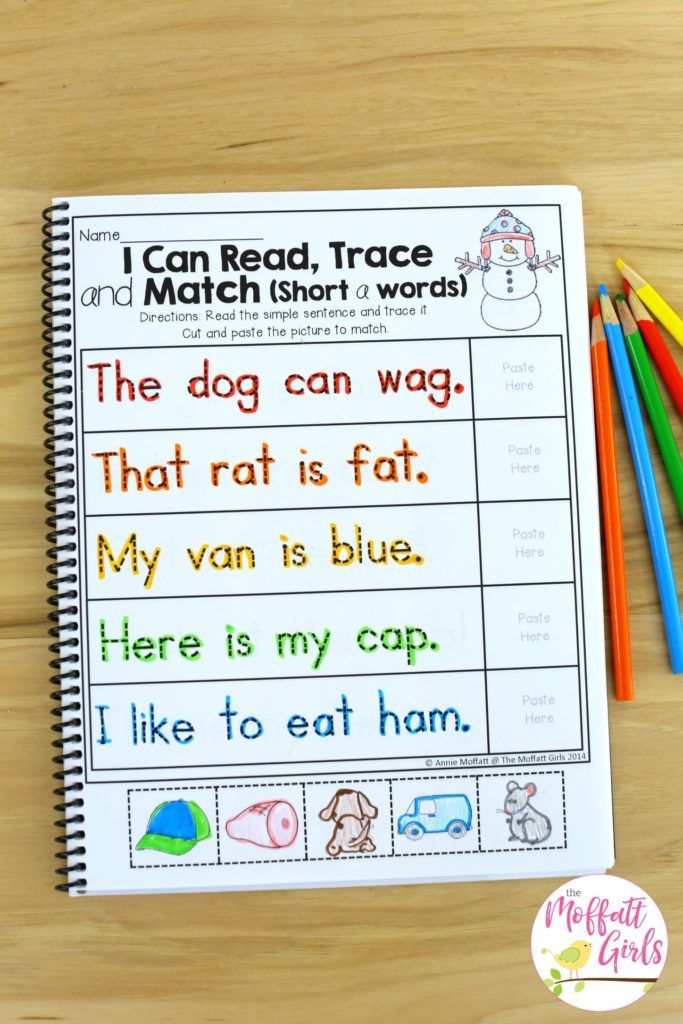
Introduce the concept of verbs as action words with a game of “Simon Says!”
First, brainstorm a list of action words with your students to use for the game.
You can also use these ready-made word cards from my Kindergarten Grammar Alive curriculum – just cut them out and make a stack or stick them on a binder ring for easy access:
This activity works well as part of a mini-lesson about verbs, and you can also play again during transitions.
Activity #2: Have students look for verbs “in the wild.”In order for grammar to be meaningful, students need to make connections between grammar concepts and actual text.
As a class, we practice identifying verbs in sentences (and acting out the sentences, too!):
Students can also search for verbs in the books they read:
Both of these activities come from my First Grade Grammar Alive program.
Activity #3: Build Verb Vocabulary with GamesBuilding students’ verb vocabulary is important – both for helping them learn verb shades of meaning (see Activity #4 for more on that) AND for helping them learn to use a variety of verbs in their writing.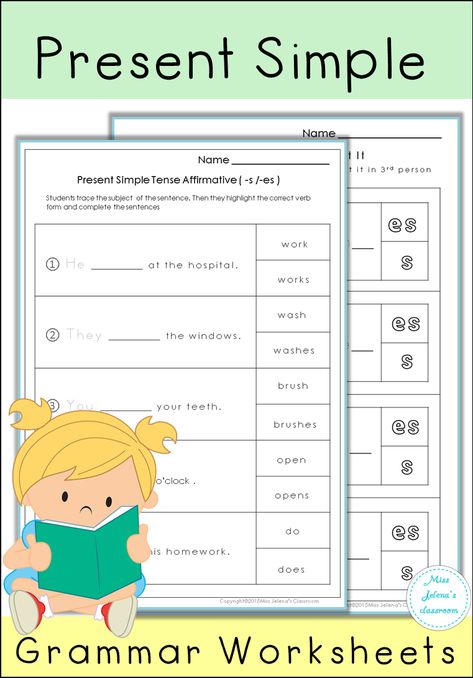
One easy way to build their vocabulary is to play charades. You or a student acts out a verb, and the class guesses what verb they’re trying to show.
Here’s another verb vocabulary game, where students move around the board and have to name the depicted verbs that they land on:
Activity #4: Put Verbs in Order to Practice Shades of MeaningTo teach students how to choose just the right verb for their writing, work on verb shades of meaning!
First, model how to put the verbs “jog,” “run,” and “sprint” in order from slowest to fastest.
Then, divide students up into small groups. Give each group their own set of cards to put in order.
Once students have ordered the verbs, they can present their work to the class and get feedback.
Finally, you can glue the groups of verbs to chart paper. This creates an anchor chart that students can refer back to during writing time!
Activity #5: Play “Parts of Speech 4 Corners“Once your students have learned about verbs and other parts of speech, get them up and moving with a few rounds of 4 Corners!
To play, label the corners of your classroom as:
Nouns
Verbs
Adjectives
“WILD CARD!”
Give each child a word card.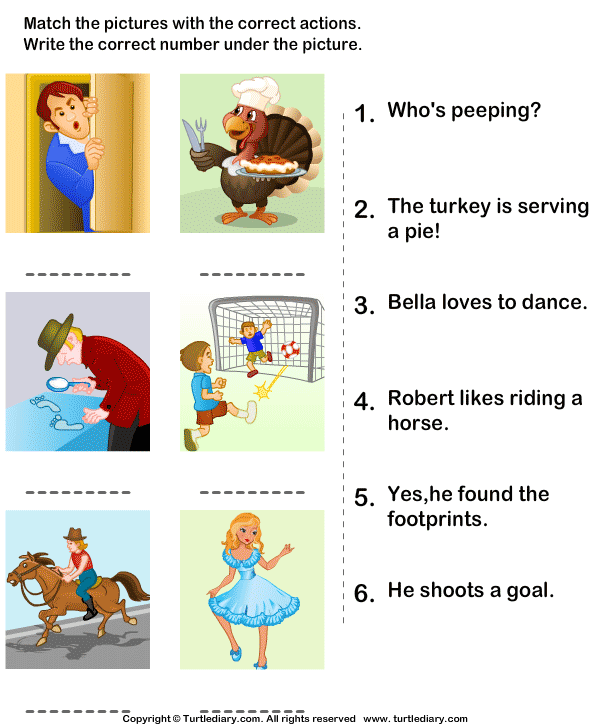 The words on the cards should be a mix of nouns, verbs, and adjectives. Several of them should say “WILD CARD.”
The words on the cards should be a mix of nouns, verbs, and adjectives. Several of them should say “WILD CARD.”
Students should read the word on their card and then go to the corresponding corner of the classroom.
You or a student leader should stand in the middle of the classroom, eyes closed. The leader calls out a corner (nouns, verbs, adjectives, or wild card) and all the students who were standing in that corner are out of the game and must sit down.
The remaining players trade cards and go to the corresponding corner. Again, the leader calls out “nouns,” “verbs,” “adjectives,” or “wild card,” and the game continues.
Keep playing until only one student is left – that student becomes the leader next!
All the materials to play this game are included in my First Grade Grammar Alive curriculum.
Need more ideas and materials for teaching grammar?I hope you got a few new ideas for teaching verbs!
For complete grammar lesson plans and many more grammar activities (including the ones featured in this blog post), check out my Grammar Alive programs for Kindergarten, first grade, and second grade:
Or maybe you already have a grammar curriculum – but you stil need independent practice activities for your students!
If so, check out my BoomCardsTM Grammar Games.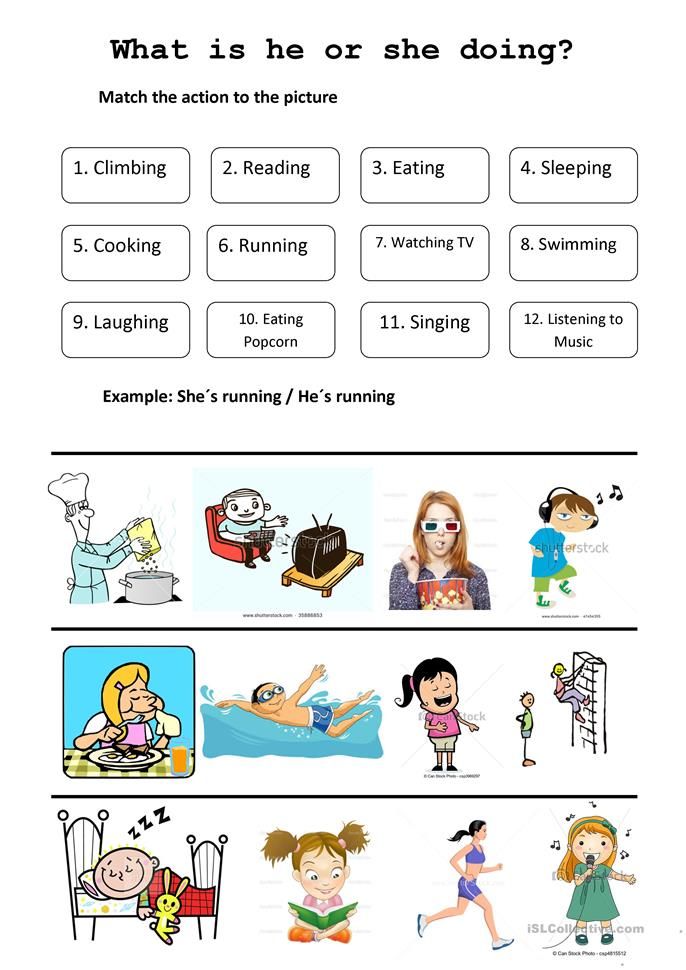 They’re digital grammar activities that your students can use on any computer, chromebook, or tablet with internet.
They’re digital grammar activities that your students can use on any computer, chromebook, or tablet with internet.
My students love using BoomCards!! And the audio directions are great for providing support even when students are working independently.
Happy teaching!
|
| Smile Lips stretched in a smile (hold count up to 10, 5-7 times) |
|
| Pipe Pull lips forward with tension Teeth closed (count up to 10, 5-7 times) |
|
| Needle Narrow tense tongue stretch forward (hold counting up to 10, 5-7 times) |
|
| Slide Lips in a smile, the tip of the tongue rests behind the lower teeth, the back of the tongue arches, the tongue “rolls out” forward and retracts deep into the mouth |
|
| Spade Hold a wide tongue motionless on the lower lip (hold counting up to 10, 5-7 times) |
|
| Cup Smiling lips, protruding tongue, side edges and tip of the tongue up (hold count up to 10.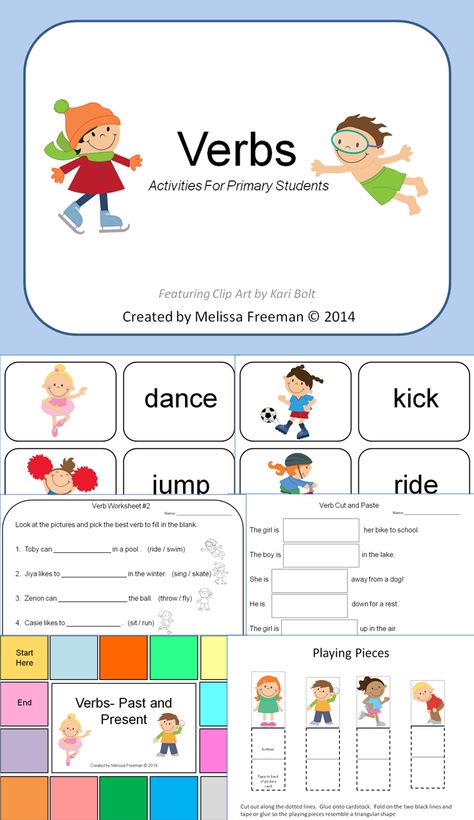 5-7 times) 5-7 times) |
|
| Straw Lips in a smile, tongue sticking out, lateral edges of the tongue raised up (hold counting up to 10, 5-7 times) |
|
| Delicious Jam Smile Open mouth Lick upper lip with a wide tongue in the shape of a cup (perform 5-7 times) |
|
| Clock · Smile · open your mouth · Move the tip of the tongue (like a clock hand) from one corner of the mouth to the other |
|
| Brush your teeth Smile Open your mouth Use the tip of your tongue to brush your lower and upper teeth alternately |
|
| Fungus Smile Suck a wide tongue to the palate, pull the lower jaw down (hold counting up to 10, 5-7 times) |
| Football · Mouth closed · Tip of tongue pressed alternately against cheeks with tension · Hard balls form on cheeks |
Summary of the lesson "Action words.
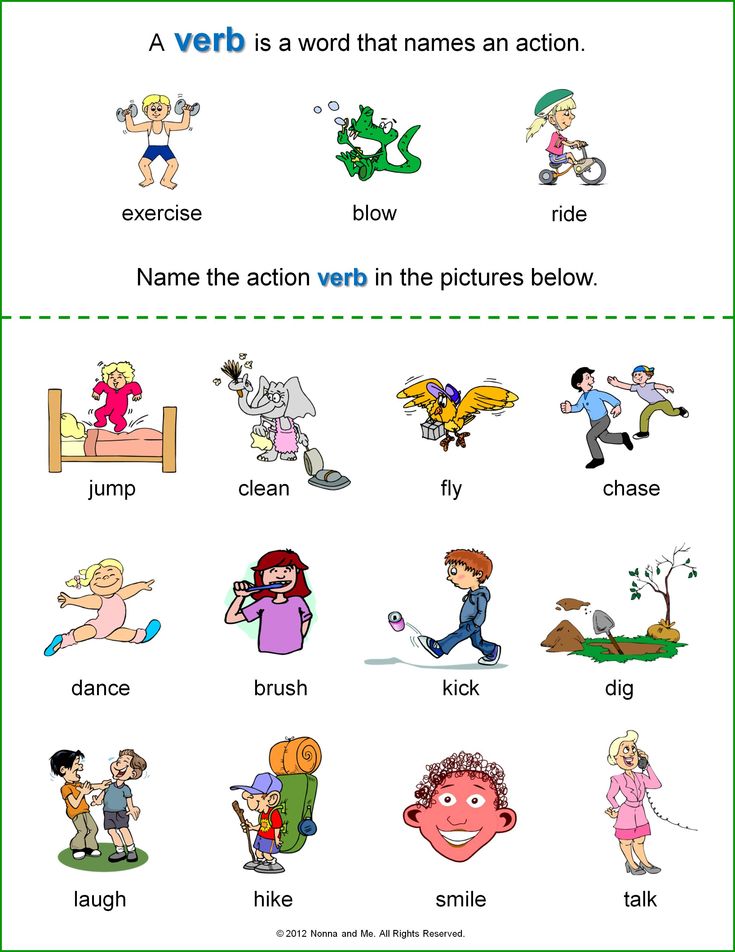 Perfect or imperfective verbs." | Plan-summary of a lesson in speech therapy (middle group) on the topic:
Perfect or imperfective verbs." | Plan-summary of a lesson in speech therapy (middle group) on the topic: Abstract of the speech therapy lesson of the teacher - speech therapist Turovskaya S.V. Action words. Perfective or imperfective verbs.
Purpose. Learn to use perfective or imperfective verbs in speech.
Educational tasks.
1. Introduce children to the questions: What does he do? What did (a) do?
2. Learn to lay out the scheme of a simple sentence consisting of 2 words.
3. Learn to distinguish action words into types according to issues and meaning.
Corrective tasks
1. Learn to agree with nouns.
2. Enrich children's verbal vocabulary.
3. To teach children how to own the method of recognition of the types of verb
4. Show the differences in the verbs of a perfect and imperfect type, the possibility of the functioning of verbs in speech.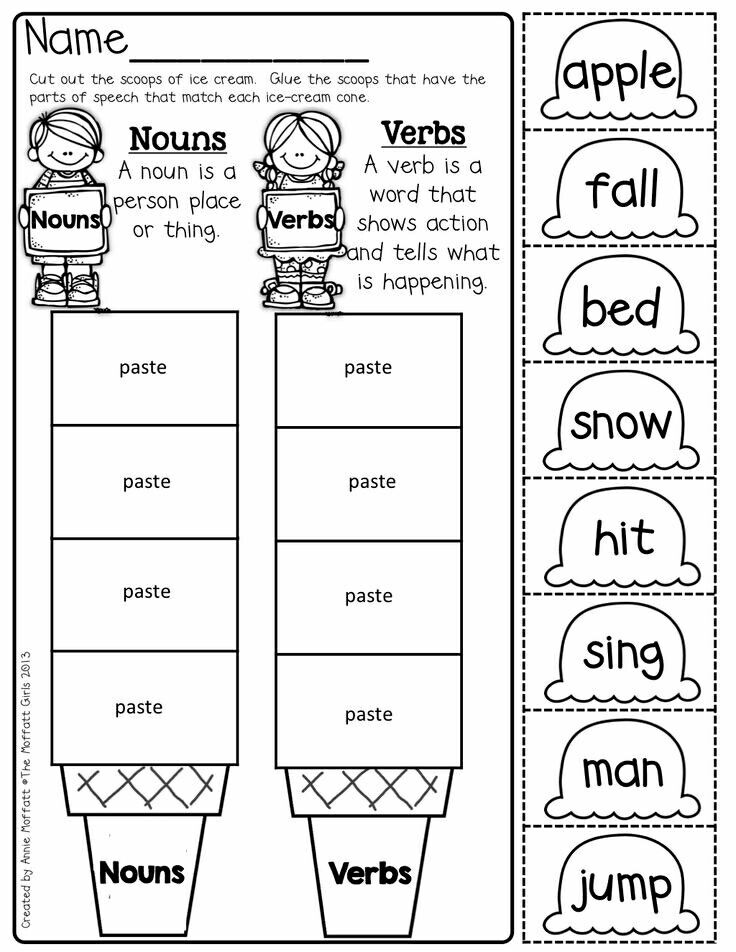
5. Develop the skills of using verbs in speech.
6. Encourage children to do independent thinking work.
7. Develop the skills of using verbs in speech.
8. To teach children to form perfective verbs from imperfective verbs using prefixes.
Educational tasks:
Raise interest in native speech.
1. Org. moment.
Speech therapist offers to sit down in their seats to those children who repeat the names of two similar actions: played - played, flew - flew, read - read, built - built, sang - sang, studied - learned, drew - drew and other verb pairs, where the perfective verb is formed with a prefix.
2.1. Lesson topic message.
Speech therapist invites two people to come out to complete the task. The first child is given the task to drink water in the ear, the second - to sculpt a ball of plasticine. While the children are performing the agreed actions, the speech therapist asks: What is Petya doing? What is Sasha doing?
When the actions are completed, the following questions follow: What did Petya do? What did Sasha do?
Then the speech therapist compares the forms of the verbs and correlates them with the meaning:
“Until the action ended, we said: sculpts, drinks (or: sculpted, drank).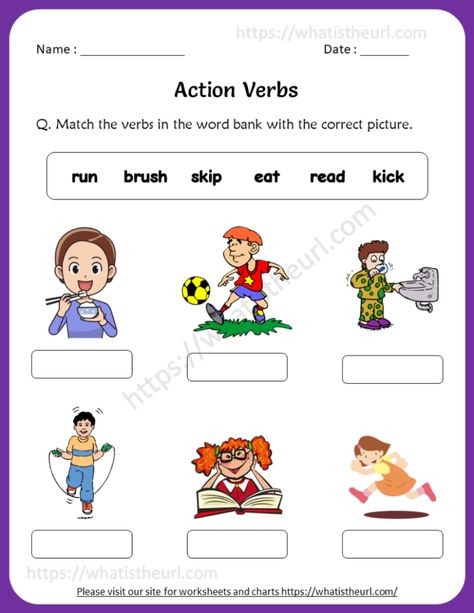 When the action ended, they said differently: blinded, drank. The words have changed. Do you hear it? Sculpts - sculpted - blinded, drinks - drank - drank. We already know that there are words - objects. They answer the questions: “Who? What?".
When the action ended, they said differently: blinded, drank. The words have changed. Do you hear it? Sculpts - sculpted - blinded, drinks - drank - drank. We already know that there are words - objects. They answer the questions: “Who? What?".
And today you will learn about action words. They answer different questions »
2.2. Making sentences with perfective and imperfective verbs according to plot pictures of the Kashe series.
The girl puts the kettle on.
The girl put the kettle on.
A boy is making a bunny.
The boy made a bunny.
The girl is drinking tea.
The girl drank tea. Etc.
2.3. Refinement of verbs.
Next, the speech therapist invites the children to make sentences for each pair of pictures separately and highlight (exaggerate) the name of the action.
2.4. The speech therapist says that now those children who correctly name the completed action will receive chips.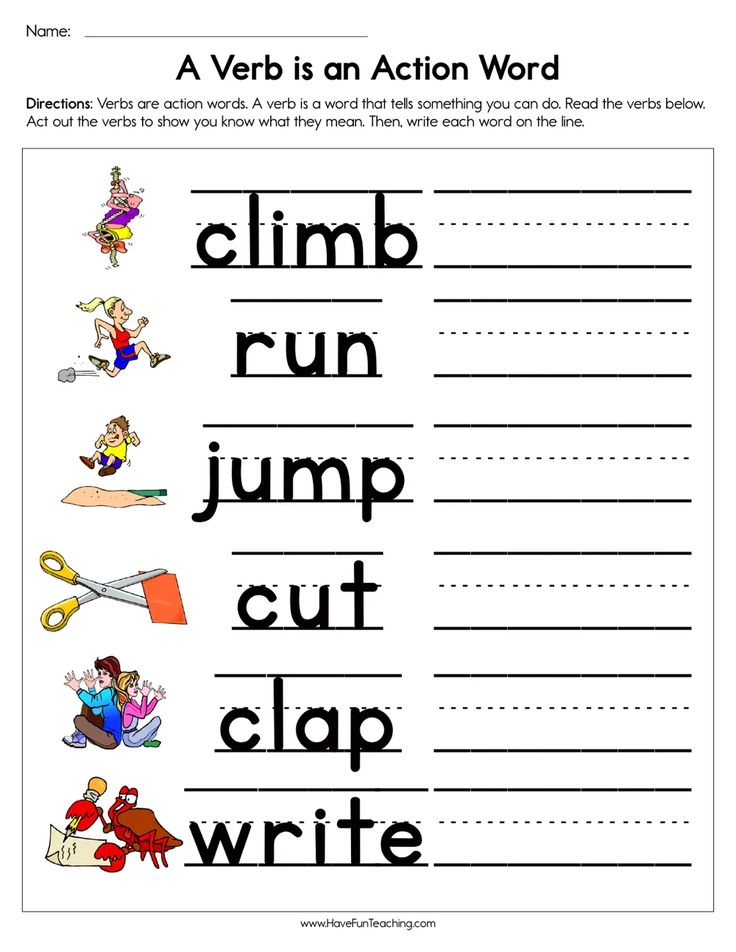
The horse was galloping, galloping along the road and finally... (jumped).
The traveler walked and walked and finally... (came).
Mom swept the floor, swept the floor and finally ... (sweep).
Lena warmed, warmed her hands and finally... (warmed up).
Gingerbread man rolled, rolled, and finally ... (rolled).
Petya glued, glued sheets of paper and finally ... (glued together).
Geese-swans flew, flew, and finally ... (arrived).
(Sailed - sailed, asked - begged, rode - came, ran - ran, cut - cut, sewed - sewed, cooked - cooked, read - read, ate - ate, woke up - woke up, taught - learned, wrote - wrote etc.)
2.5. Fizminutka.
During the tasks and after they are completed, the speech therapist asks questions, focusing the children's attention on the difference between words denoting unfinished and completed actions, as well as their correspondence to the questions: what are we doing? what did they do? Spinning - spinning, squatting - crouching, clapping - clapping, stomping - stomping, jumping - jumping, bending over - bending over, raising (hands) - raised, lowering (hands) - lowered, etc.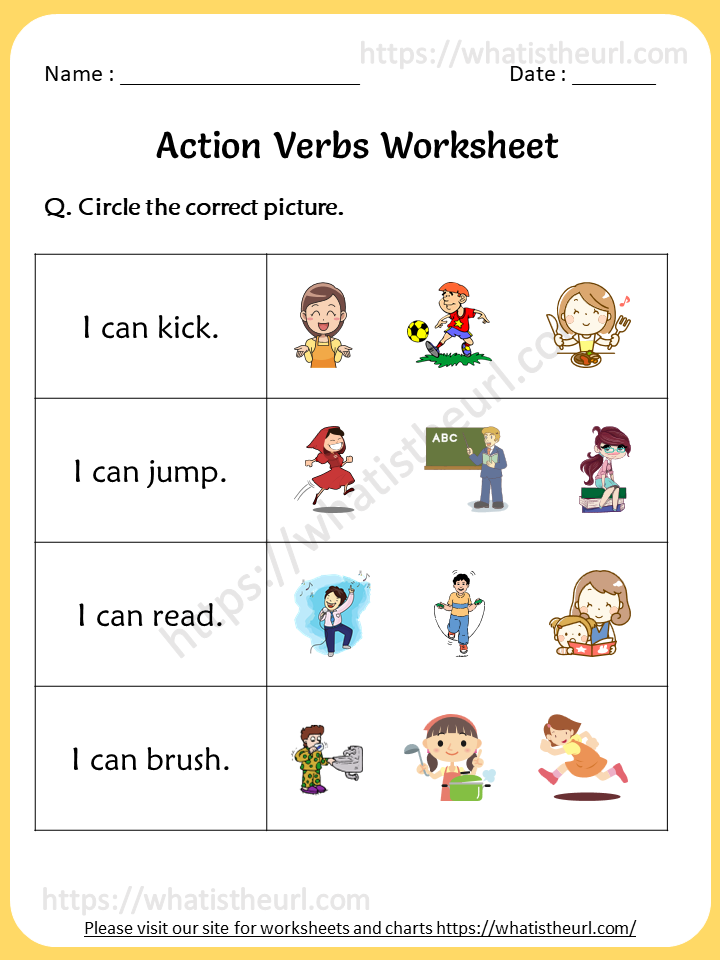

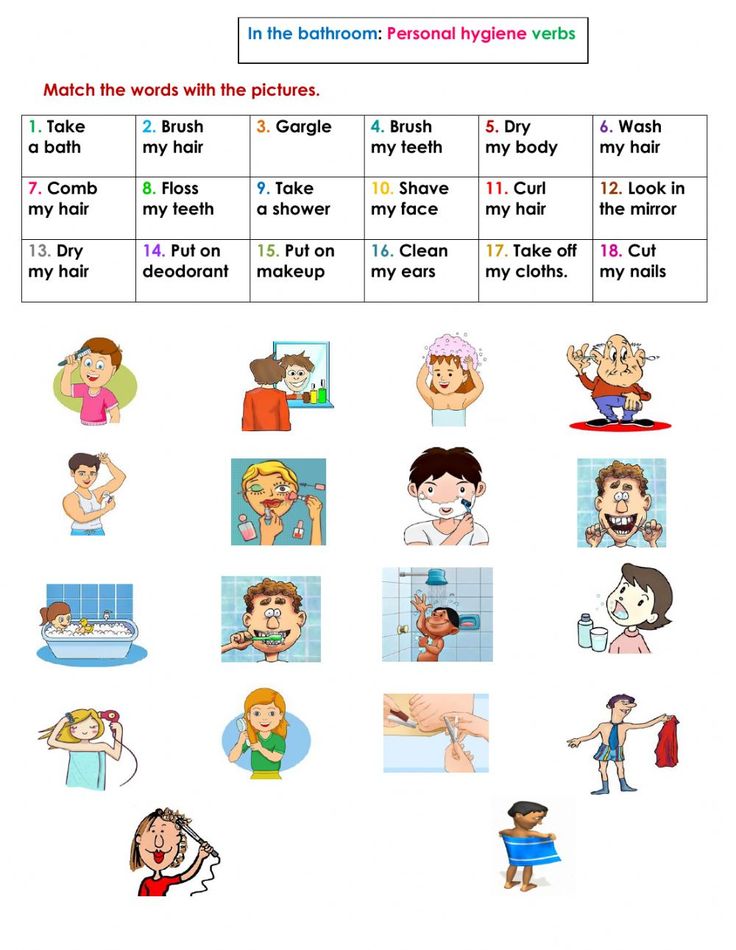 Grow up and learn." Few parents know that a child at the age of 3, with normal development, replenishes his vocabulary by 100 words every month! You should be alerted if your baby does not make sentences from the accumulated words. If there are few verbs and definitions in his speech. It’s easy to check this, invite the baby to answer: “What can mom do?” With normal speech development, the child gives out: age plus two words. For example, if a child is three years old, he says five verbs (3 + 2).
Grow up and learn." Few parents know that a child at the age of 3, with normal development, replenishes his vocabulary by 100 words every month! You should be alerted if your baby does not make sentences from the accumulated words. If there are few verbs and definitions in his speech. It’s easy to check this, invite the baby to answer: “What can mom do?” With normal speech development, the child gives out: age plus two words. For example, if a child is three years old, he says five verbs (3 + 2). 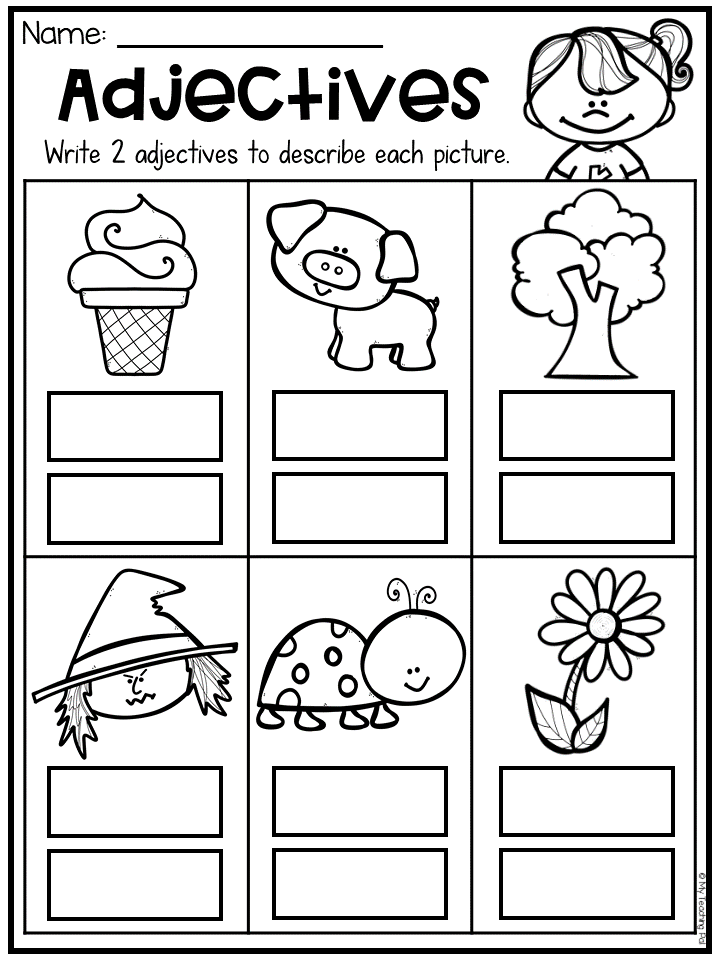
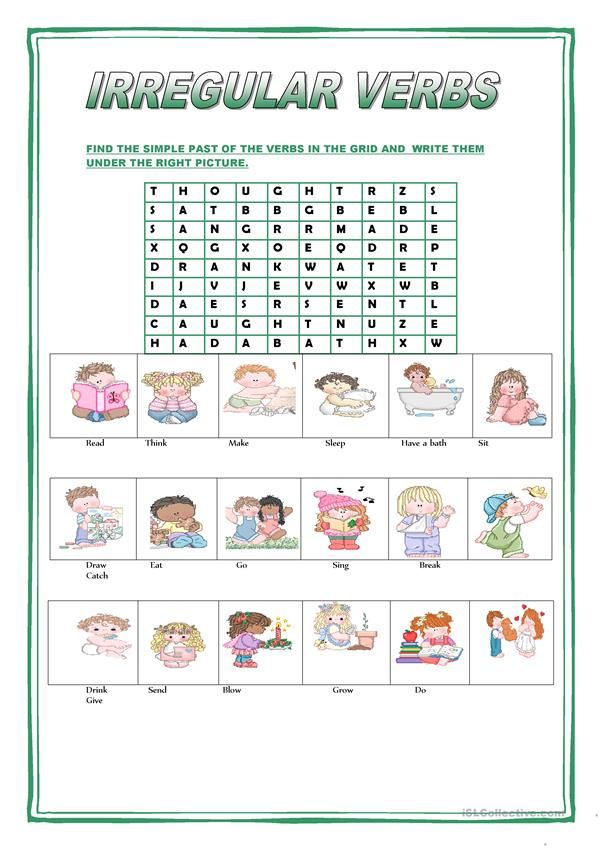 Phonemic hearing is the distinction of phonemes: particles of a word that have semantic content. Violation of phonemic perception leads to a violation of sounds and substitutions in oral speech, and at school to substitutions of letters in writing: (bug-beetle), (case-newspaper), (bowl-clock). The development of phonemic hearing is also one of the components of the work of a speech therapist.
Phonemic hearing is the distinction of phonemes: particles of a word that have semantic content. Violation of phonemic perception leads to a violation of sounds and substitutions in oral speech, and at school to substitutions of letters in writing: (bug-beetle), (case-newspaper), (bowl-clock). The development of phonemic hearing is also one of the components of the work of a speech therapist. 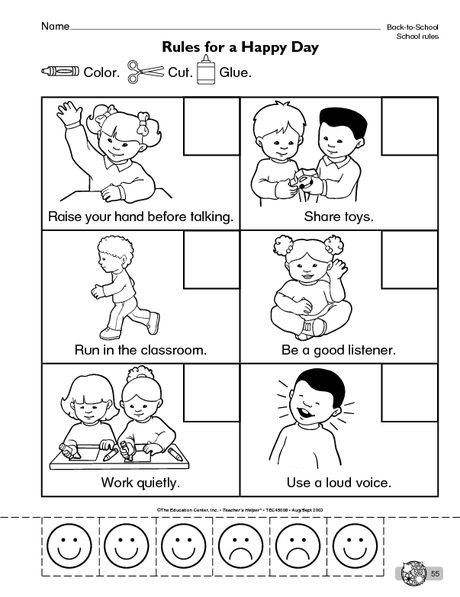 When learning poems, nursery rhymes, beating time with a spoon, you and I bring variety, arouse interest in the child with, it seemed, such a boring thing as memorization. Unbeknownst to the child, we develop auditory memory and attention, the pace and rhythm of speech, correct speech breathing, general motor skills, while introducing the child to the origins of Russian folk culture.
When learning poems, nursery rhymes, beating time with a spoon, you and I bring variety, arouse interest in the child with, it seemed, such a boring thing as memorization. Unbeknownst to the child, we develop auditory memory and attention, the pace and rhythm of speech, correct speech breathing, general motor skills, while introducing the child to the origins of Russian folk culture. 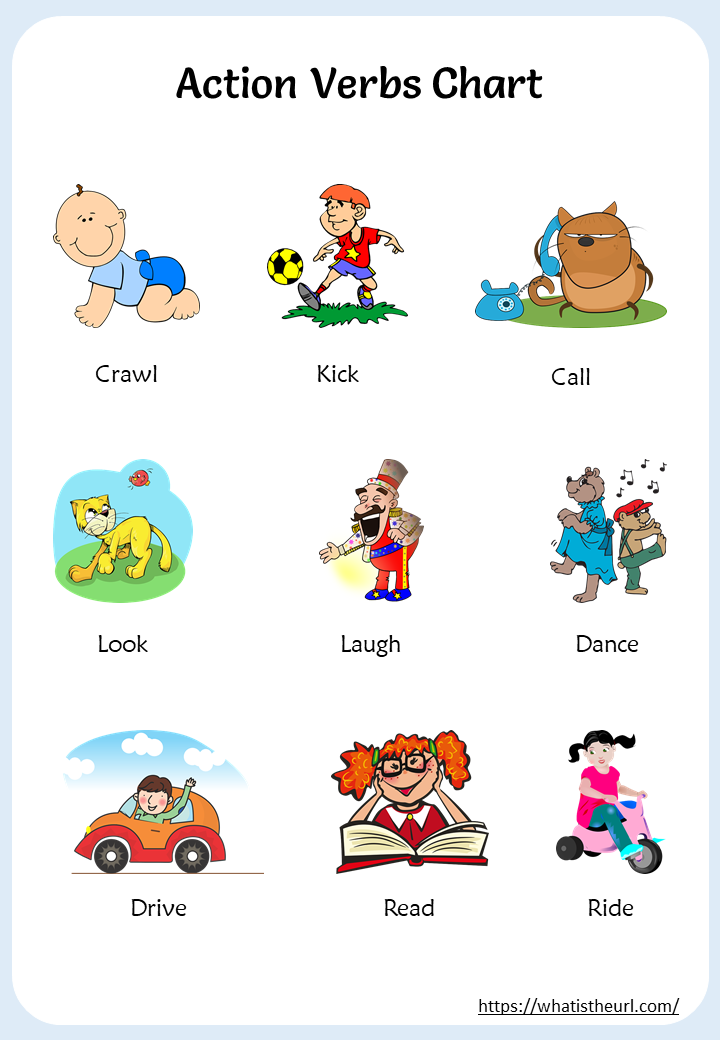
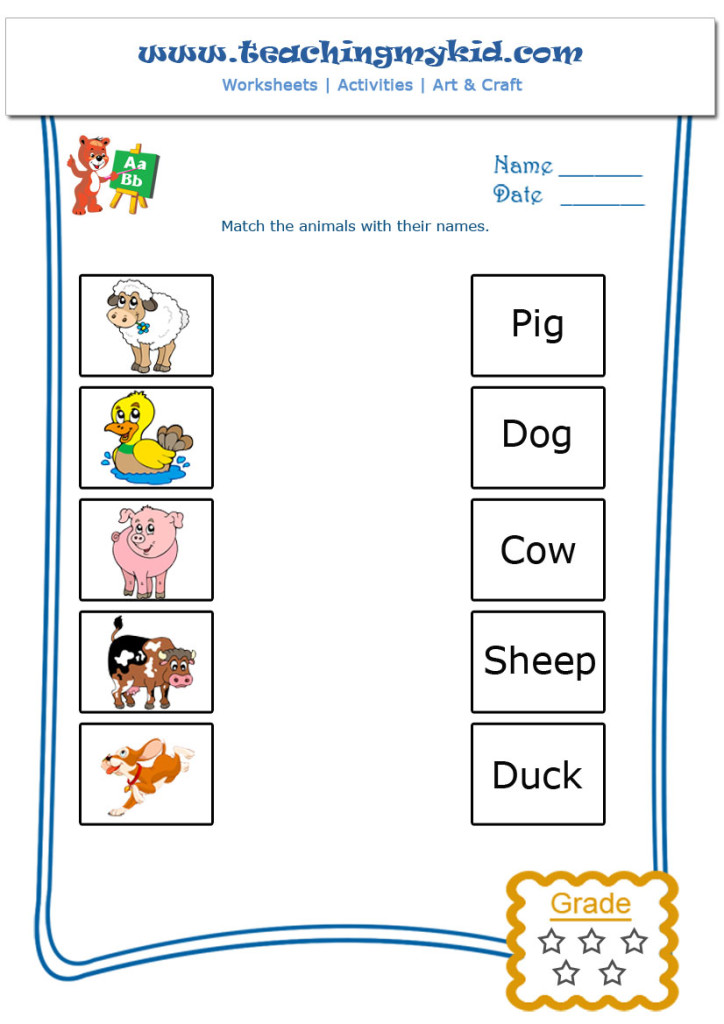
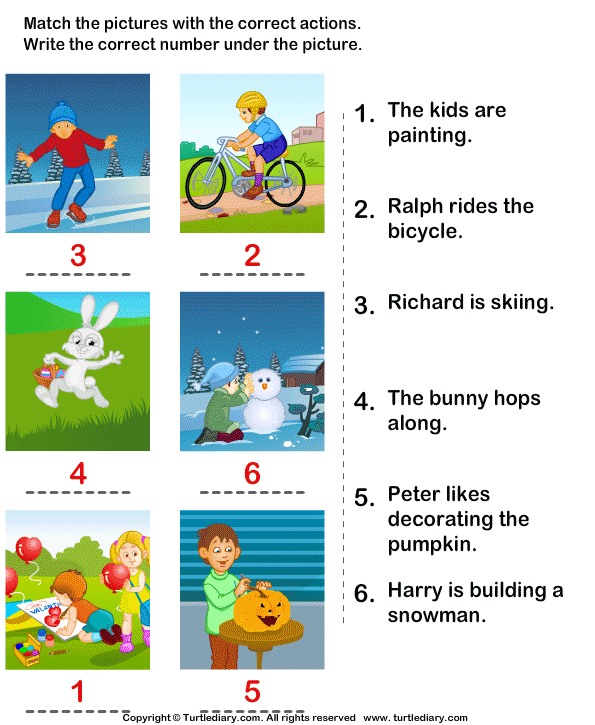 Try as often as possible to encourage the child to listen to the sound "clothes" of words, to evaluate their own pronunciation. Remember that your speech is a model for a child, so it should be clear, intelligible and expressive. Do not forget to monitor the correct pronunciation of the fixed sounds by the child both in the game and in everyday life. Do not skimp on praise and encouragement, they are an important incentive for successfully consolidating the skills acquired in speech therapy classes.
Try as often as possible to encourage the child to listen to the sound "clothes" of words, to evaluate their own pronunciation. Remember that your speech is a model for a child, so it should be clear, intelligible and expressive. Do not forget to monitor the correct pronunciation of the fixed sounds by the child both in the game and in everyday life. Do not skimp on praise and encouragement, they are an important incentive for successfully consolidating the skills acquired in speech therapy classes. 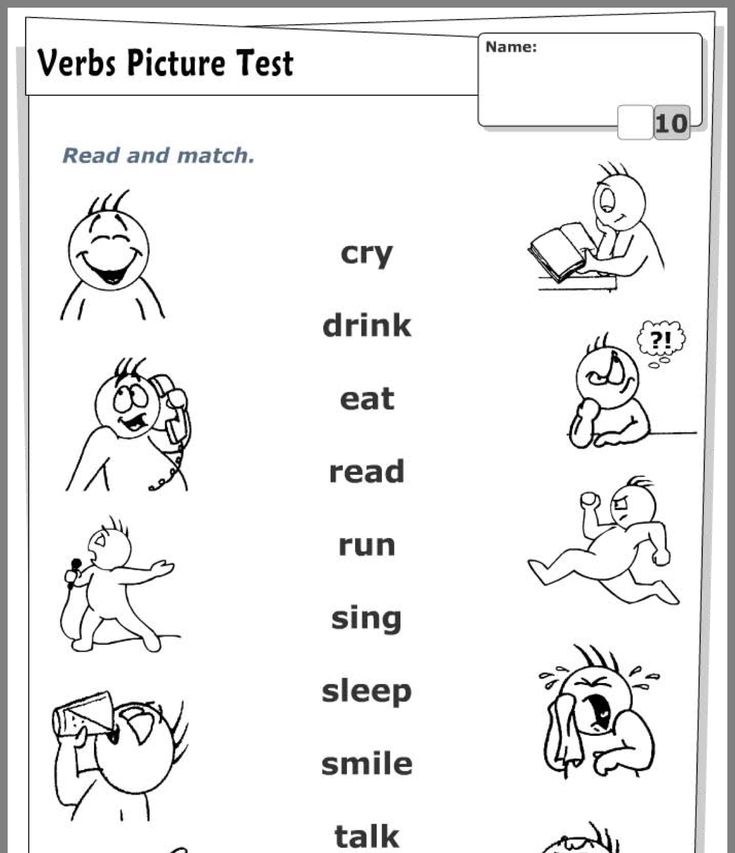 Consider rewards for guessing and pronouncing the word correctly.
Consider rewards for guessing and pronouncing the word correctly. 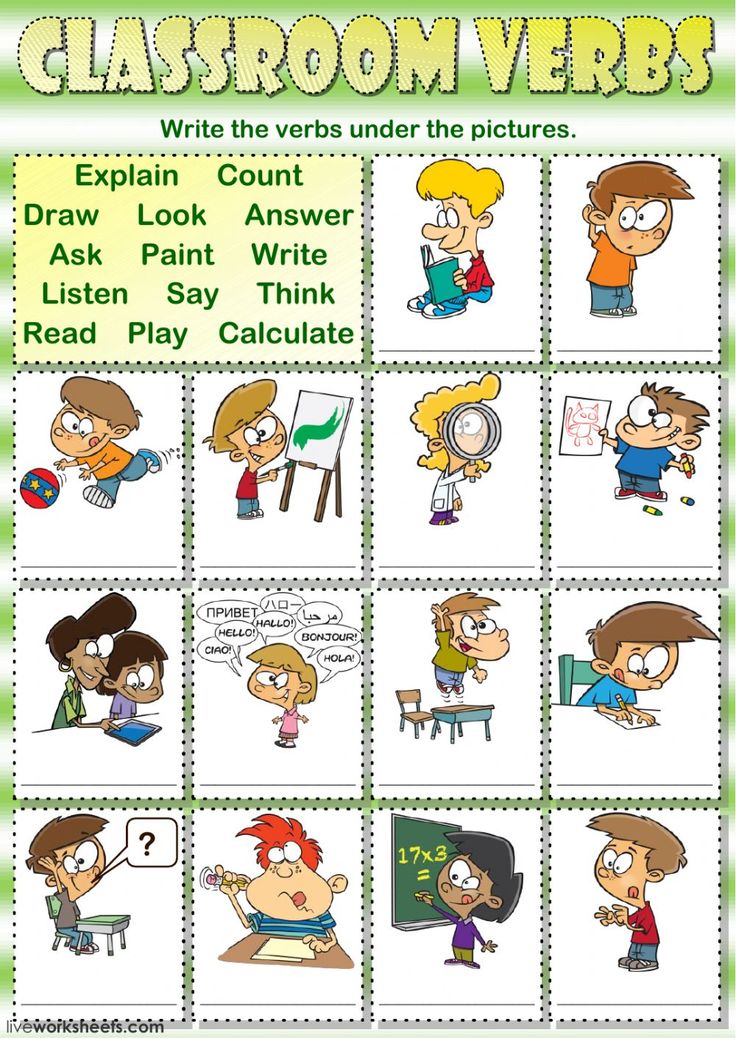 Children understand the actions and objects indicated in simple plot pictures.
Children understand the actions and objects indicated in simple plot pictures. 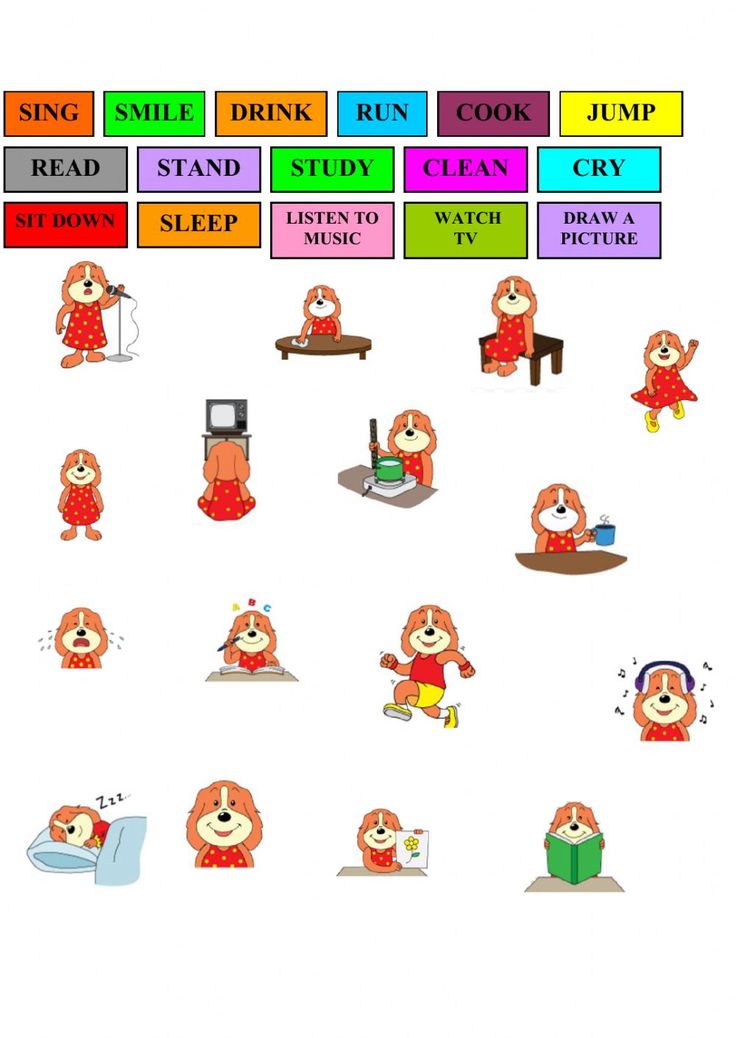
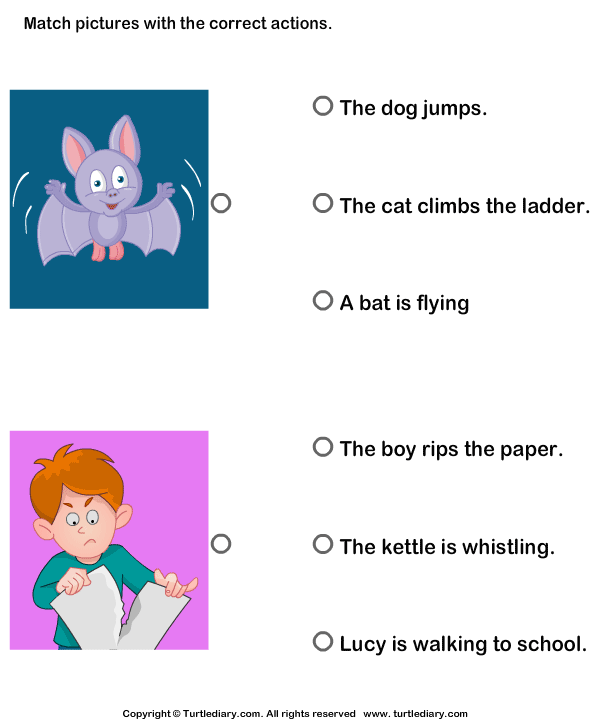 There are no hissing and sonorants. Hard and soft sounds are differentiated by most children.
There are no hissing and sonorants. Hard and soft sounds are differentiated by most children. 